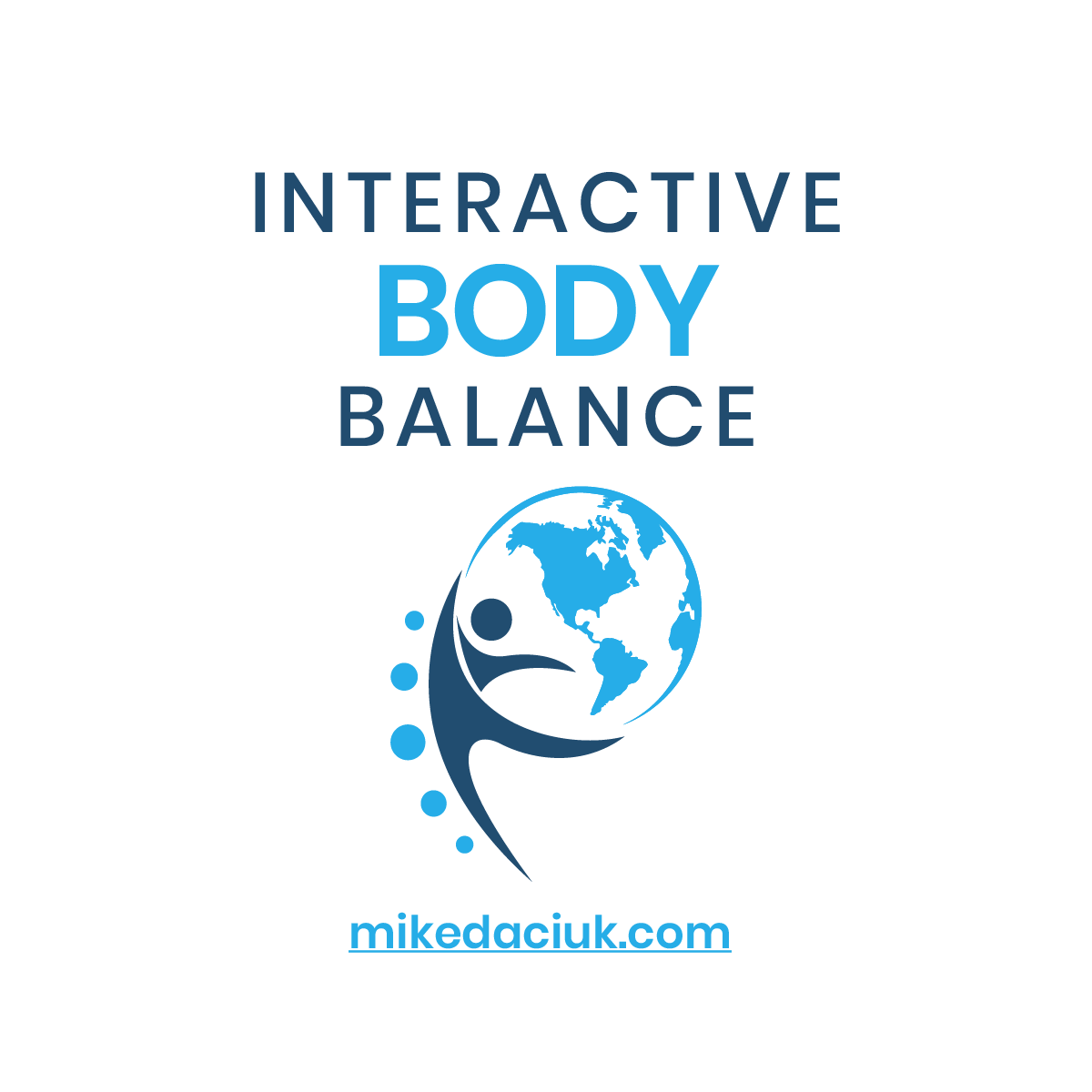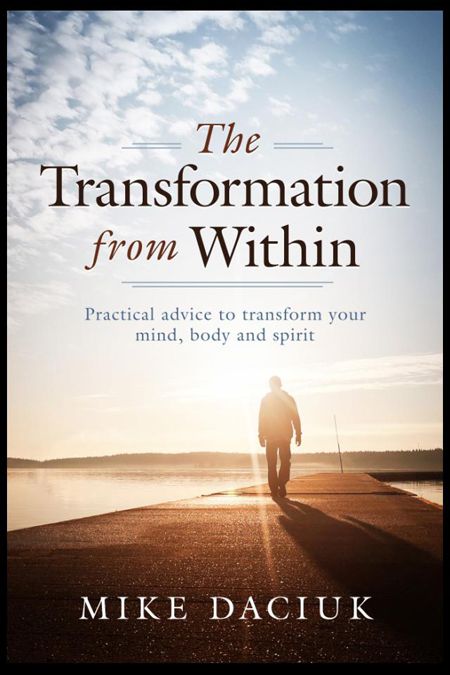Hey team,
I get this question all the time in terms of what you eat when you are a busy executive or mom/dad making lunches for their kids. Here are some healthy snack options from Dr. Hyman and Dr. Mercola. Enjoy.
Here are easy-to-make or easy-to-buy foods that you can grab and go anywhere with. We all travel out of the house frequently, and with a little bit of planning and shopping, we can stay healthy and keep ourselves out of food emergencies. Get a few glass containers with lids and Ziploc baggies to put your snacks in. Buy an insulated lunchbox or mini-cooler to put your food in. These are just ideas and you can innovate, but make sure you include food with good-quality protein and fats that are also low in sugar.
Things That Last Forever:
- Canned wild salmon or sardines
- Flax or seed crackers (Mary’s Gone Crackers)
- Jerky (bison, grass-fed beef or turkey—try Krave or Grass Fed Jerky Chews
- Salmon Jerky (Vital Choice)
- Nuts and seeds (almonds, walnuts, pecans, macadamia nuts and pumpkin seeds)
- Nut butter packets (almond, pecan, macadamia nuts—Artisana makes individual packs)
- Coconut butter packets (Artisana brand is great)
- Whole food or raw food protein bars (Raw Revolution and LÄRABAR are my favorites)
- Artichoke hearts
- Roasted red peppers
Easy-To-Prepare On-the-Go Snacks:
- Garbanzo beans with olive oil, lemon, garlic and salt
- Hard-boiled omega 3 eggs
- Hummus (Try Wild Garden single-serve packets that last a long time)
- Cut-up carrots, cucumbers, peppers and celery in Ziploc baggies
- Apple or pear
Treats:
- Dark chocolate (70%)
- Dried figs
- Dates
Dr. Hyman’s Go-To Travel Food Emergency Pack
When I am on the road, I find it a dangerous place: airports, hotel mini-bars, bad restaurants, food deserts. My health is in jeopardy every time I step out of my controlled environment. So, I bring food with me and make it a rule never to eat on planes or in airports (although increasingly, there is edible food in airports—you just have to know how to hunt and gather!). I never leave home without these things, and I keep a good stock in my pantry, so I can just throw them in my bag. They take up little space and pack a powerful nutritional punch.
- Wild salmon jerky from Vital Choice or Patagonia
- Grass-fed beef or turkey jerky by Krave
- Packets of coconut butter and macadamia nut butter by Artisana
- Raw Revolution protein food bars
- Organic almonds
- Organic macadamia nuts
- Organic dates
Some more options from Dr. Mercola as well.
1. Strawberries
Unless you overeat them, it is hard to go wrong with strawberries, as they contain powerful phytochemicals, such as ellagic acid that provide antioxidant protection, as well as directly inhibit the DNA binding of certain carcinogens.
Strawberries are also an excellent source of vitamin C, carotenes, zinc, potassium, iron, calcium, and magnesium, and they’re high in fiber. Women who ate more than three servings per week of blueberries and strawberries even had a 32 percent lower risk of having a heart attack.3
The benefit was due to flavonoids in the berries known as anthocyanins, which are antioxidants that give these fruits their characteristic red and purple hues. Strawberries are among the most pesticide-contaminated produce, so you should strive to always buy these organic.
2. Blueberries
Berries like blueberries are among the healthiest fruits you can eat, again assuming you don’t overdo it. They’re relatively low in sugar while being high in fiber and heart-healthy antioxidants.
In one study, women who ate the equivalent of one cup of blueberries daily lowered their blood pressure after eight weeks.4 The women also had higher levels of nitric oxide, which dilates your blood vessels, thereby reducing your blood pressure.
3. Dark Chocolate
Chocolate – specifically the dark unprocessed raw cacao kinds – actually reduces the risk of cardiometabolic disorders, such as coronary heart disease, stroke, diabetes, and metabolic syndrome — along with related problems like hypertension, elevated fasting glucose and triglycerides, high cholesterol, and abdominal obesity.5
In one study, the highest levels of chocolate consumption were associated with a 37 percent reduction in cardiovascular disease and a 29 percent reduction in stroke compared with the lowest levels!6 Other research has also shown that the antioxidant and anti-inflammatory compounds in chocolate may lower your risk of heart attack and stroke considerably.
In fact, a wide range of accumulating scientific research has linked high-quality dark chocolate, cacao, and cocoa powder consumption to over 40 distinct health benefits.7
Antioxidant polyphenols in chocolate are so valuable because they have the ability to stop free-radical-mediated oxidation. This helps to decrease your risk of those and other diseases by directly interfering with one of the major preventable causes of chronic degenerative diseases.
If you can tolerate the flavor of raw cacao (including unsweetened cacao nibs, raw cacao powder, or unsweetened and not alkalized cocoa powder), then that’s the absolute best option. But if flavor is what you’re after, choosing chocolate with a cocoa/cacao percentage of about 70 or higher is a healthy alternative.
4. Almonds
Like most nuts, almonds are an excellent source of high-quality protein, healthy fats, antioxidants, vitamins, and minerals that can boost your health and even help with weight control.
One of the healthiest aspects of almonds appears to be their skins, as they are rich in antioxidants including phenols, flavonoids, and phenolic acids, which are typically associated with vegetables and fruits.
A study in the Journal of Agricultural and Food Chemistry even revealed that a one-ounce serving of almonds has a similar amount of total polyphenols as a cup of steamed broccoli or green tea.8
Be careful not to overeat almonds, however, as they are high in protein with nearly one gram per almond. Most Americans consume three to five times more protein than they need, which can lead to elevated blood sugar, weight gain, kidney stress, leaching of bone minerals, and stimulation of cancer cells.
5. Pistachios
Nutritionally, over half the fat in pistachios is from oleic acid, the same healthy fat that is in olive oil. One study found eating two servings of pistachios a day lowered vascular constriction during stress, which means the load on your heart is reduced since your arteries are more dilated.9
Those eating pistachios also had significantly lower blood pressure. Past research has also shown that diets containing pistachios reduce systolic blood pressure and vascular responses to stress in adults with high cholesterol.10
Pistachios are high in lutein, beta-carotene, and gamma-tocopherol (vitamin E) compared to other nuts. Eating one or two servings of pistachios a day has been shown, in fact, to increase blood levels of antioxidants and, in turn, lower oxidized LDL cholesterol in people with elevated levels.11
People who ate pistachios, in particular, for 24 weeks even lost an average of 0.7 inches from their waists, reduced cholesterol by 15 points, improved their blood sugar, and lowered inflammation.12
They’re definitely a healthy snack, but, like almonds, be careful not to overdo it due to their high protein content. One cup of pistachios has 26 grams of protein (contrast this to macadamia nuts which have about half that amount of protein in one cup).
6. Cherries
Cherries contain powerful antioxidants including quercetin, which is among the most potent in terms of antioxidant activity.13 Sweet cherries also contain fiber, vitamin C, carotenoids, and anthocyanins, each of which may help play a role in cancer prevention.
Further, cherries contain many anti-inflammatory compounds, and research suggests they may help to relieve pain from inflammatory osteoarthritis and gout. They even contain melatonin, which is a powerful antioxidant and free radical scavenger that helps “cool down” excess inflammation. It also plays an important role in sleep.
Keep in mind that cherries can be a significant source of fructose, as 10 sweet cherries or 1 cup of sour cherries contain about 4 grams of fructose. It’s important to take this into account into your total fructose consumption for the day, which I recommend keeping below 25 grams. If you’re insulin/leptin resistant, have diabetes, high blood pressure, heart disease, or are overweight, you’d be wise to limit your total sugar/fructose intake to 15 grams per day, including from fruit, until your insulin/leptin resistance has resolved.
7. Mangoes
One mango will give you about half of your recommended daily allowance of both vitamins A and C, as well as some B vitamins, polyphenols and beta-carotene. Mangoes contain calcium, iron, and potassium, are a good source of phosphorus, selenium, folate, and zinc, and even contain 17 of the 20 amino acids that make up the human body. One mango contains about 30 grams of fructose, so they should be eaten in moderation.14 If you’re looking for the best-tasting mangoes, choose those that come from a local grower or orchard.
8. Cheese
Cheese contains the powerful nutritional triad of calcium, vitamin D, and vitamin K2, which together channel calcium into your bones and teeth while keeping it out of your arteries. This, combined with its omega-3 fats, make cheese a very heart-healthy food. Cheese also contains high-quality protein and amino acids, vitamins and minerals (including zinc, phosphorus, vitamin A, and B vitamins), along with conjugated linoleic acid (CLA), a powerful cancer fighter and metabolism booster.
Be sure you’re choosing natural cheese, which is a simple fermented dairy product, made with nothing more than a few basic ingredients — milk, starter culture, salt, and an enzyme called rennet. Processed cheese is another product entirely. Ideally, the cheese you consume should be made from the raw milk of grass-fed animals raised on pasture, rather than grain-fed or soy-fed animals confined to feedlot stalls.
9. Avocados
Avocados are low in fructose and rich in healthy monounsaturated fat (which is easily burned for energy), and research has confirmed the avocado’s ability to benefit vascular function and heart health.
Avocados are also very high in potassium (more than twice the amount found in a banana) and will help balance your vitally important potassium-to-sodium ratio. Avocados provide close to 20 essential health-boosting nutrients, including fiber, vitamin E, B-vitamins, and folic acid. Besides eating them raw, you can use avocado as a fat substitute in recipes calling for butter or other oils.
Research has also found that avocados are helpful for regulating your blood sugar levels,15 and they might help improve lipid profiles, both in healthy individuals and in those with mild hypercholesterolemia (elevated cholesterol levels).16 Plus, due to avocados’ beneficial raw fat content, avocado enables your body to more efficiently absorb fat-soluble nutrients (such as alpha- and beta-carotene and lutein) in other foods eaten in conjunction.
One 2005 study found that adding avocado to salad allowed the volunteers to absorb three to five times more carotenoid antioxidant molecules.17 Another boon of avocados—they’re one of the safest fruits you can buy conventionally grown, so you don’t need to spend more for organic ones. Their thick skin protects the inner fruit from pesticides.
10. Popcorn
Popcorn is not the healthiest food out there… but if you’re going to eat it, you’ll definitely want to avoid the popular microwave varieties.
Perfluorooctanoic acid (PFOA) is often used in microwave popcorn bags, and it has been linked to infertility and a slew of other health problems. For example, these “gender-bending” chemicals can disrupt your endocrine system and affect your sex hormones, but they’ve also been linked to thyroid disease, cancer, immune system problems, and increased LDL cholesterol levels.
Popping popcorn “from scratch” on the stove is a better alternative and gives you the option to salt and season to taste. I recommend using tasty and nutritious Himalayan pink salt instead of processed table salt. You can also use organic popping corn and a healthy oil like coconut oil — and smother it with raw grass-fed organic butter.
11. Sweet Potatoes
Orange-colored sweet potatoes owe their appearance to the carotenoid beta-carotene. As an antioxidant, beta-carotene can help ward off free radicals that damage cells through oxidation, which can speed up aging and make you vulnerable against chronic diseases. This antioxidant can help support your immune system, as well as lower your risk of heart disease and cancer.
Research shows sweet potatoes can help regulate blood sugar because of their ability to raise blood levels of adiponectin, a protein hormone created by your fat cells, to help regulate how your body metabolizes insulin.
Sweet potato extract is said to help reduce inflammation in brain and nerve tissue throughout your body. The phytonutrients within sweet potatoes also influence fibrinogen, an important glycoprotein required for blood clotting. Together with thrombin and fibrin, balanced amounts of fibrinogen are important for wound healing and blood loss prevention.
12. Full-Fat Cream
Full-fat cream, particularly raw, organic, and grass-fed varieties, is a superfood for overall health and weight loss. In one study, women who consumed at least one serving of full-fat dairy a day gained 30 percent less weight over a nine-year period than women who ate only low-fat (or no) dairy products.18 Further, consuming 30 ml of cream daily reduced the risk of diabetes by 15 percent and 20 percent respectively, compared to those who ate none.19
In 2010, a study published in the Annals of Internal Medicine proposed that it’s the palmitoleic acid, which occurs naturally in full-fat dairy products, that protects against insulin resistance and diabetes.20 People who consumed full-fat dairy had higher levels of trans-palmitoleate in their blood, and this translated to a two-thirds lower risk of developing type 2 diabetes compared to people with lower levels. For a truly decadent treat, try splashing some raw grass-fed cream over a bowl full of berries.
13. Watermelon
Lycopene is a powerful carotenoid antioxidant that gives fruits and vegetables like a pink or red color. It’s most often associated with tomatoes, but watermelon is actually a more concentrated source. Lycopene’s antioxidant activity has long been suggested to be more powerful than that of other carotenoids, such as beta-carotene.
In one study, after controlling for other stroke risk factors, such as older age and diabetes, they found that men with the highest blood levels of lycopene were 55 percent less likely to have a stroke than those with the lowest.21
A 2014 meta-analysis also revealed that lycopene decreased stroke risk (including stroke occurrence or mortality) by more than 19 percent.22 In addition to lowering your risk of stroke, lycopene has been shown to have potential anti-cancer activity, likely due to its antioxidant properties.
A 2014 meta-analysis of 10 studies also showed that dietary lycopene may protect against the risk of ovarian cancer among postmenopausal women.23 There is also some evidence from animal studies that lycopene may help with cancer treatment as well.
Watermelon also contains anti-inflammatory cucurbitacin E, or triterpenoid, which blocks the activity of the pain and inflammation-causing enzyme cyclooxygenase – the same enzyme blocked by COX-2 inhibitors, which include most NSAID drugs like aspirin and ibuprofen. While being very low in calories (about 46 calories in a cup) watermelon also contains an impressive variety of other important nutrients in which many Americans are lacking, including:
- Vitamin C
- Vitamin B6
- Potassium
- Vitamin A
- Magnesium
Finally, watermelon should be enjoyed in moderation due to its fructose content. One-sixteenth of a medium watermelon contains 11.3 grams of fructose. In addition, eating melon (including watermelon) alone is best to avoid stomach upset. For more information, watch my interview on food combining with Wayne Pickering.
http://articles.mercola.com/sites/articles/archive/2015/07/13/13-healthy-foods-taste-better-than-junk-foods.aspx
https://www.healthambition.com/benefits-of-avocados/



